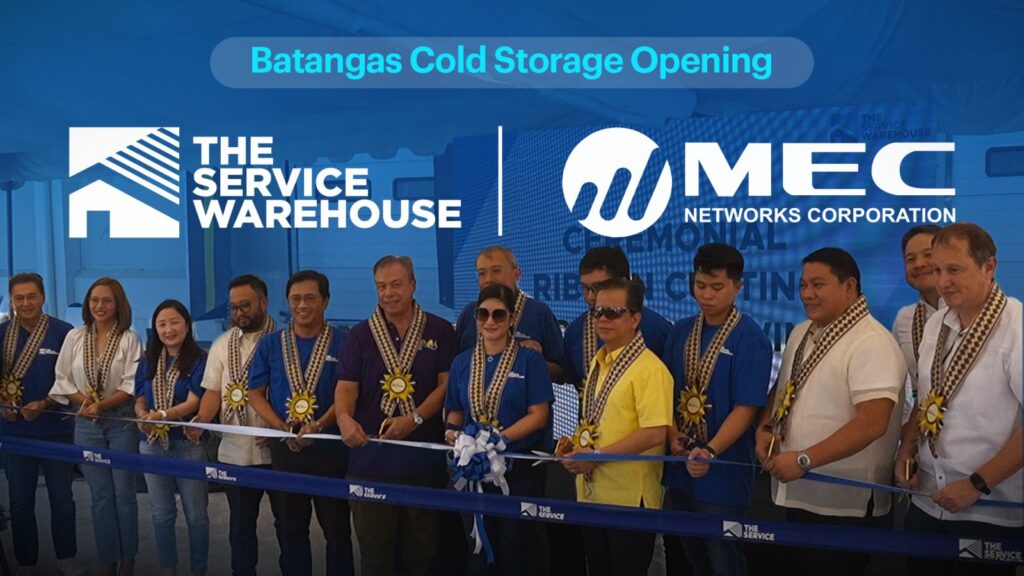This article will tackle some of the most often asked questions and answers about improving Wi-Fi and how network teams may prepare to handle evolving workplace requirements.
Whether you are getting ready to return to work or it feels like you have never left, there is no disputing that the workplace has changed considerably in recent years. More employees alternate back and forth from the home and the office. According to a recent HPE poll, employees now spend less time at their work desks.
Organizations like Airbnb are reducing and transforming their workplaces to more effectively manage hoteling (also known as hot desks) and collaboration. All of these developments in the workplace impose new demands on network connections, particularly Wi-Fi.
FAQs about Improving Wi-Fi for the Evolving Workplace
1. How do workplace changes affect Wi-Fi networks?
The following are significant changes affecting Wi-Fi in the workplace:
- More bandwidth is required in the hybrid workplace to facilitate video collaboration (high bandwidth, low latency).
- More IoT devices use Wi-Fi to enable hyper-aware buildings and support safety and compliance use cases.
- The usage of collaborative sites and conference rooms adds to client density.
- Greater Wi-Fi access is required everywhere since employees now spend less time at their designated desks.
- A new workplace design necessitates the development of new/updated interior location apps such as navigation and asset monitoring.
2. When is the correct time to change Wi-Fi infrastructure from Wi-Fi 5 to Wi-Fi 6 or 6E?
Some firms were lucky to have the budget and relatively vacant offices throughout the pandemic to elevate from Wi-Fi 5 to Wi-Fi 6 or Wi-Fi 6E. But others that have not should reevaluate their technical debt and analyze the employee experience. It is vital in improving Wi-Fi that the workplace experience is on par with or better than working from home, and upgrading to Wi-Fi 6 or 6E provides more efficiency and capacity to satisfy the expanding client, IoT device, and application needs.
3. What are the network needs for supporting new IoT appliances such as touchless faucets and door locks?
As a result of the pandemic, more establishments have used IoT to sustain touchless technology, air sensors, and other safety technologies associated with smart office or smart factory efforts. With an emphasis on IoT, APs should enable BLE, 802.14.5/Zigbee, and USB port extensions, in addition to a rich IoT partner ecosystem. Improving Wi-Fi through APs that can operate as an IoT platform can simplify IoT support, cut expenses, and eliminate the requirement for an overlay.
4. Is cloud network management right for me and will it add to my security risks?
Traditional networks are becoming too complex to handle as the number of remote employees and IoT-connected devices grows. The often-independent administration of WAN, wired, and wireless networks – managed by separate solutions — adds to the complexity, resulting in issues that might cause downtime and poor user experience.
In improving Wi-Fi, cloud network management’s AIOps and unified management will pave the way for several outcomes. They will decrease costs, increase IT agility, and boost IT productivity. Cloud network management is built on SASE and Zero Trust concepts and enforces consistent policies across users, applications, and devices to solve security issues.
5. Should I change all my APs to Wi-Fi 6 or Wi-Fi 6E access points?
The Wi-Fi 6 and Wi-Fi 6E APs from Aruba provide considerable capacity and security advantages to support rising client and IoT device density, cloud adoption, and high-bandwidth applications. They have new indoor location features to help with navigation, tracking high-value assets, and other location-aware use cases.
According to Aruba’s clients, Wi-Fi 6E, in particular, helps to future-proof the network and lengthen refresh cycles by over two years. Some organizations are only refreshing with Wi-Fi 6E to extend the life of their WLAN, whereas others are architecting their networks to place Wi-Fi 6E APs in high-density areas or where high-bandwidth applications are frequently used, such as conference rooms for video collaboration during hybrid meetings, university residence halls to support large numbers of students, each with multiple devices, and hospitals for telehealth.
6. Will elevating my APs require me to change my campus switches?
Most Wi-Fi 6 or Wi-Fi 6E upgrades will not necessitate an update to campus switching. Companies may take advantage of the chance to upgrade older switching to next-generation switches with multi-gig capabilities, such as Aruba CX Switching. Some APs additionally include smart power usage models that enable turning off features to accommodate existing power availability. In several industries, such as real estate, teams are relocating or reducing their office footprint, which has an influence on wired and wireless architecture.
7. Will I need to transfer the location of my APs when elevating to Wi-Fi 6E access points?
The 6 GHz spectrum is fairly similar to the 5 GHz frequency in terms of response. Aruba’s clients have not needed to relocate their APs due to signal strength issues, nor have they demanded to add more Wi-Fi 6E APs for improving Wi-Fi coverage.
8. When it comes to improving Wi-Fi, should I wait for Wi-Fi 7?
The temptation to wait for the latest and greatest technology is always present. Many wireless networks, however, are already stretched due to the demands of IoT, video, and increased device density. They can now benefit from the clean new spectrum – 500-1200 MHz depending on the country – as well as a wider 80/160 MHz, which is ideal for high-bandwidth, low-latency apps like high-definition video. Analysts predict that by the time Wi-Fi 7 AP shipments become significant, Wi-Fi 6E will account for more than a quarter of all APs shipped (650 Group).





